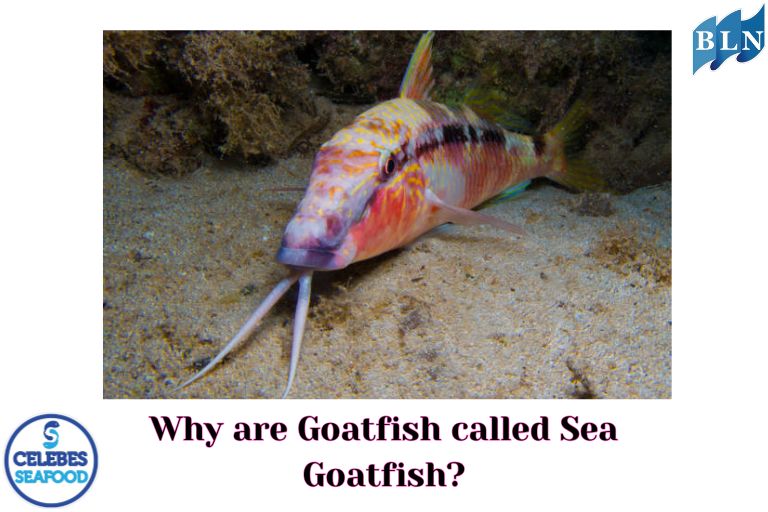The Role of Physical and Chemical Water Parameters in Determining Shrimp Productivity in Traditional Ponds
By. Nindi - 21 Apr 2025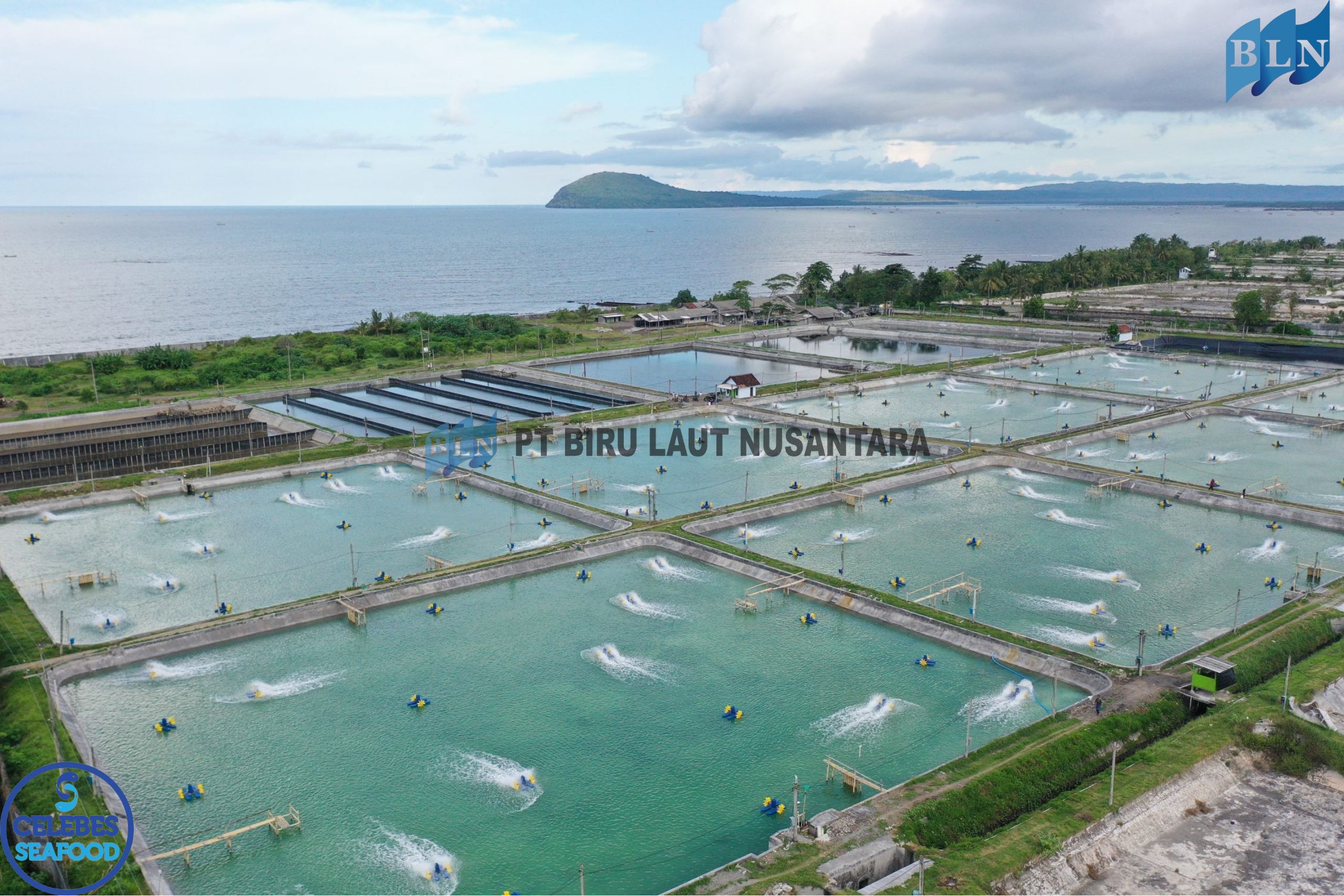
lautnusantara.comTraditional shrimp ponds remain a preferred choice for many farmers in coastal regions due to their cost-effectiveness and use of local resources. Although the system is simple, shrimp productivity in these ponds is highly dependent on environmental conditions, especially water quality. Physical and chemical water parameters serve as key indicators in maintaining shrimp health, optimizing growth, and minimizing mass mortality risks.
Physical Water Parameters
Important physical parameters in traditional shrimp farming include:
- Temperature
Water temperature influences shrimp metabolism, growth rate, and feeding behavior. The ideal range for species like Litopenaeus vannamei (vannamei shrimp) is between 28–32°C. Temperatures outside this range can lead to stress and increased disease susceptibility. - Transparency
Proper water clarity (40–60 cm) supports phytoplankton photosynthesis, which produces oxygen and serves as a natural food source for shrimp. Water that is too turbid or too clear can disrupt pond ecosystem balance. - Salinity
While shrimp are tolerant of various salinity levels, sudden fluctuations can cause osmotic stress. The ideal salinity for vannamei shrimp ranges from 15–25 ppt.
Chemical Water Parameters
Key chemical parameters in shrimp farming include:
- pH
A stable pH between 7.5 and 8.5 is crucial for shrimp health and survival. Extreme pH values may lead to physiological stress and reduce immune response. - Dissolved Oxygen (DO)
Shrimp are sensitive to low oxygen levels. DO should be maintained above 4 mg/L, especially at night when oxygen consumption increases and photosynthesis halts. - Ammonia and Nitrite
Ammonia (NH₃) and nitrite (NO₂⁻) are toxic by-products of organic waste and uneaten feed. Ammonia levels should be below 0.1 mg/L, and nitrite should remain as low as possible (< 0.25 mg/L). - Alkalinity and Carbon Dioxide (CO₂)
Alkalinity helps stabilize pH, with ideal values ranging from 80–120 mg/L. Excess CO₂ can reduce pH and impair oxygen uptake in shrimp.
Relationship with Shrimp Productivity
Shrimp productivity is closely tied to water quality. Imbalances in physical and chemical parameters can hinder growth, lower feed conversion efficiency, and increase mortality rates. Regular monitoring and good water management practices can enhance yields even in traditional systems. If you are interested in our product Goldband Snapper Fillet Skin On, CALAMARI WHOLE ROUND,GARFISH FILLET BUTTERFLY please do not hesitate to contact us through email and/or whatsapp.
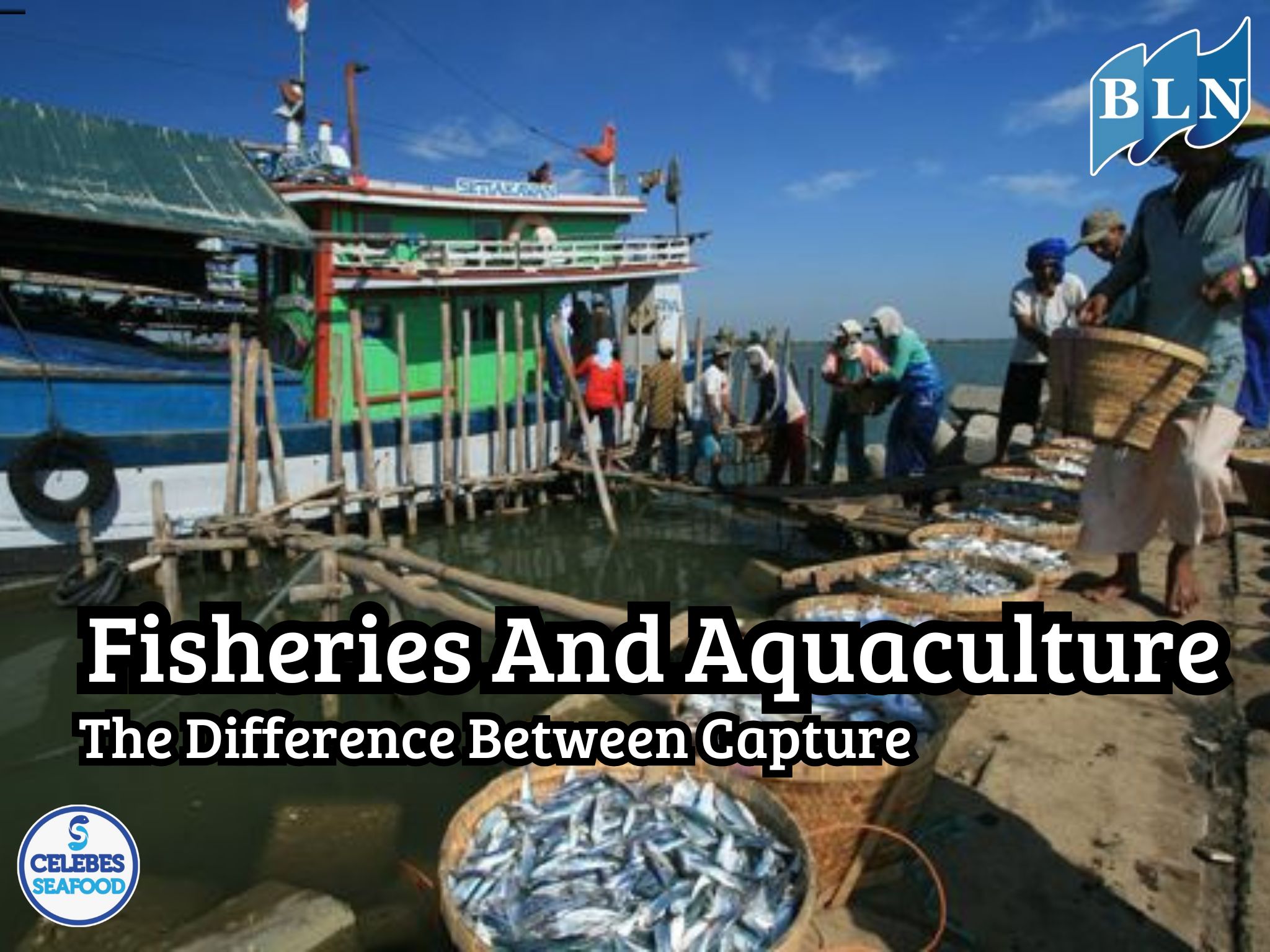
.jpg)
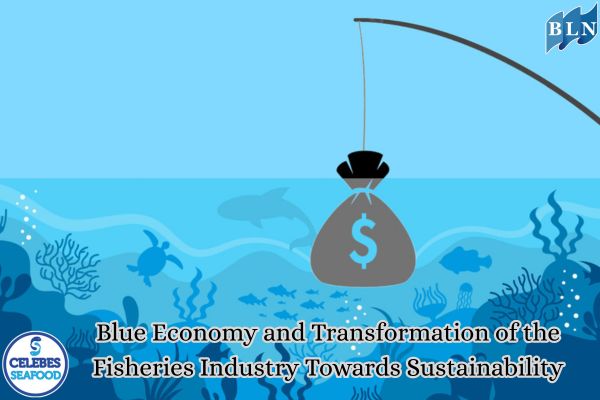
.jpg)

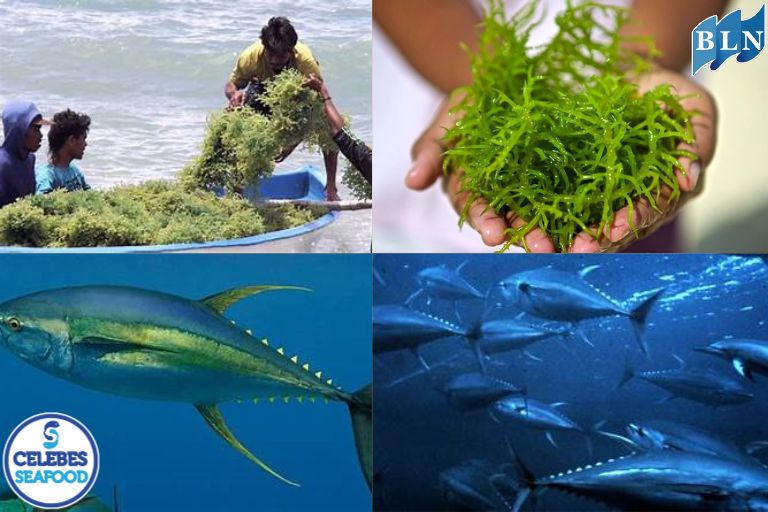
.jpg)
